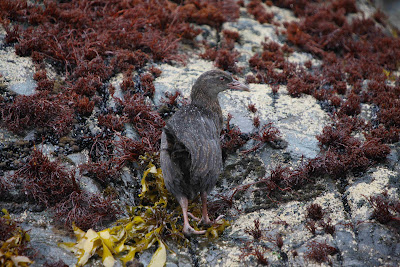



Population Estimate: 46.8M, Least Concern status
Personal Notes: One of our favourite sights on a walk in the woods.
Range / Habitat: Year-round in eastern US and along the Pacific Coast. They prefer wooded wetlands as they nest in trees. A portion of birds winter in the southeastern US into Mexico and in summer the range extends to the border of Canada.
Field Notes: Either sex unmistakable in any plumage as above.
Personal Notes: One of our favourite sights on a walk in the woods.



























